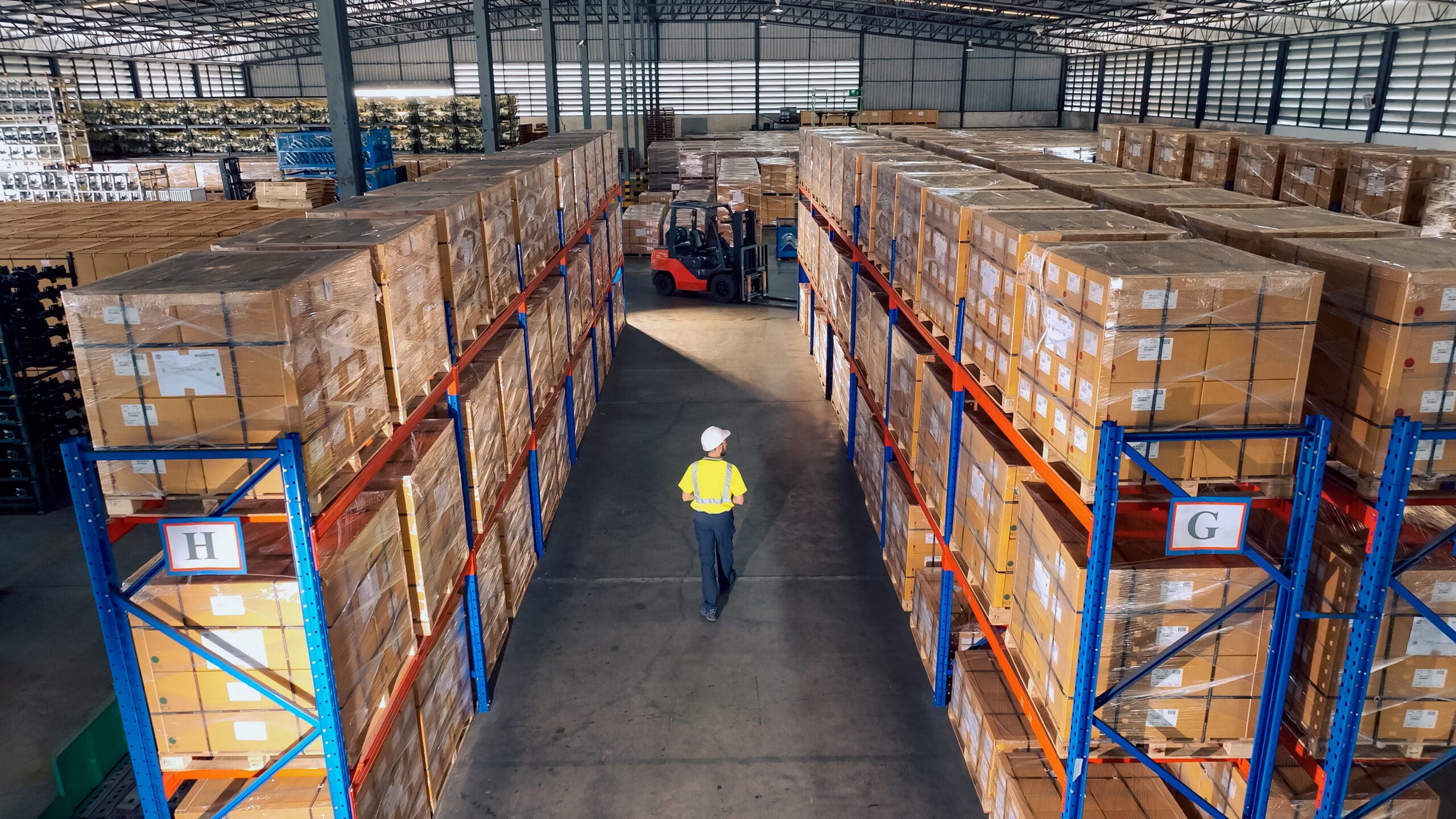Maintaining a well-functioning supply chain is vital for small business success. Encountering a merchandise stockout can pose significant challenges. It’s essential to understand the implications of stockouts and to take proactive measures to prevent them.
What are stockouts?
In inventory management and supply chain logistics, stockouts are situations where a business or organization runs out of stock or inventory of a specific product or item. This means the desired item is no longer available for customers to purchase. Stockouts can happen due to various reasons, including inaccurate demand forecasting, supply chain disruptions, delays in replenishing inventory, or unexpected spikes in demand.
How stockouts impact businesses
Stockouts can significantly impact businesses in several ways. First, they result in lost sales and revenue as customers are unable to purchase items they want, and they may turn to competitors to buy them. This also leads to customer dissatisfaction and reduced loyalty, potentially damaging a company’s reputation. The cost implications are notable, with increased expenses for expediting orders and maintaining excess inventory. Furthermore, stockouts can disrupt production schedules, lower productivity, and cause missed opportunities for additional sales. Ultimately, persistent stockouts can harm a brand’s reliability and long-term success, making effective inventory management crucial for business sustainability. Effective inventory management, accurate demand forecasting, and a robust supply chain are essential to minimize the occurrence of stockouts and their associated negative impacts on businesses and customer satisfaction.
Consequences of stockouts
Stockouts can have several negative consequences, including:
- Lost Sales: When customers cannot find the products they want due to stockouts, the business loses potential sales and revenue.
- Customer Dissatisfaction: Stockouts can frustrate customers, leading to dissatisfaction and potentially damaging a company’s reputation.
- Reduced Customer Loyalty: Repeated stockouts may cause customers to seek alternatives or turn to competitors, eroding brand loyalty.
- Increased Costs: Stockouts may necessitate expedited shipping or emergency orders to replenish inventory quickly, leading to higher operational costs.
- Inventory Holding Costs: Maintaining excess inventory to prevent stockouts can increase storage and carrying costs for a business.
- Disrupted Production: In manufacturing, stockouts of essential materials can disrupt production schedules, causing delays and impacting overall efficiency.
Tips for Preventing Stockouts
To prevent stockouts and maintain a reliable inventory supply chain, businesses should consider the following strategies:
Accurate Demand Forecasting
Use historical sales data, market trends, and customer feedback to improve the accuracy of demand predictions. This helps in better inventory planning.
Techniques for Improving Demand Prediction
Employ advanced forecasting methods such as data analytics, machine learning, and predictive modeling to enhance demand forecasting precision.
Supplier Relationship Management
Foster strong relationships with suppliers to ensure open communication, timely deliveries, and priority access to inventory when needed.
Implementing Just-in-Time (JIT) Inventory
Adopt Just-In-TIme principles to minimize excess inventory and maintain a lean supply chain. This approach helps in reducing carrying costs and the risk of stockouts.
Continuous Monitoring and Reordering
Implement automated systems that continuously monitor inventory levels and trigger reorder points to replenish stock before it runs out.
Diversification of Suppliers
Relying on a single supplier can be risky. Diversify your supplier base to reduce dependence on one source and mitigate the impact of supply disruptions.
Use Inventory Management Software
Invest in inventory management software to optimize your stock levels, track product movement, and generate real-time reports for better decision-making.
Safety Stock:
Maintain a buffer or safety stock of critical items to cover unexpected fluctuations in demand or supply disruptions.
Collaboration Across Departments:
Encourage cross-functional collaboration between sales, marketing, and operations teams to share insights and align strategies for inventory management.
Regular Review of Inventory Policies:
Periodically review and adjust inventory policies to adapt to changing market conditions, business growth, or seasonality.
Emergency Response Plans:
Develop contingency plans to respond quickly to unexpected events, such as supply chain disruptions or sudden spikes in demand for specific merchandise..
Supplier Performance Metrics:
Establish key performance indicators (KPIs) to evaluate supplier performance regularly and address issues promptly.
By implementing these strategies and continually refining your inventory management practices, you can minimize the risk of stockouts, enhance customer satisfaction, and optimize your supply chain for better overall efficiency and profitability.
How Kickfurther can Help
Lack of funds for inventory can lead to undesired inventory shortages. Inventory ties up a significant amount of capital, which can pose challenges when striving for growth. Small businesses often address this issue by seeking inventory loans and funding. But finding funding solutions have their own challenges, including costs and qualification requirements.
Kickfurther funds up to 100% of your inventory costs on flexible payment terms that you customize and control. With Kickfurther, you can fund your entire order(s) each time you need more inventory and put your existing capital to work growing your business without adding debt or giving up equity.
Why Kickfurther?
- No immediate repayments: You don’t pay back until your new inventory order begins selling. You set your repayment schedule based on what works best for your cash flow.
- Non-dilutive: Kickfurther doesn’t take equity in exchange for funding.
- Not a debt: Kickfurther is not a loan, so it does not put debt on your books. Debt financing options can sometimes further constrain your working capital and access to capital, or even lower your business’s valuation if you are looking at venture capital or a sale.
- Quick access: You need capital when your supplier payments are due. Kickfurther can fund your entire order(s) each time you need more inventory.
Kickfurther puts you in control of your business while delivering the costliest asset for most CPG brands. And by funding your largest expense (inventory), you can free up existing capital to grow your business wherever you need it – product development, advertising, adding headcount, etc.
Closing thoughts
You can avoid stockouts with the help of Kickfurther inventory financing. At Kickfurther, we understand the importance of having cash on hand and we want to ensure your business is operating at its best. We can help you get affordable working capital for inventory quickly, so you can avoid stockouts.
If you’re interested in getting funded at Kickfurther, here are the easy steps to get started:
- Create a free business account
- Complete the online application
- Review a potential deal with one of our account reps to get funded in minutes
Using Kickfurther inventory financing you can can unlock the necessary cash flow to build your inventory, meet your daily financial commitments, and grow your business.








